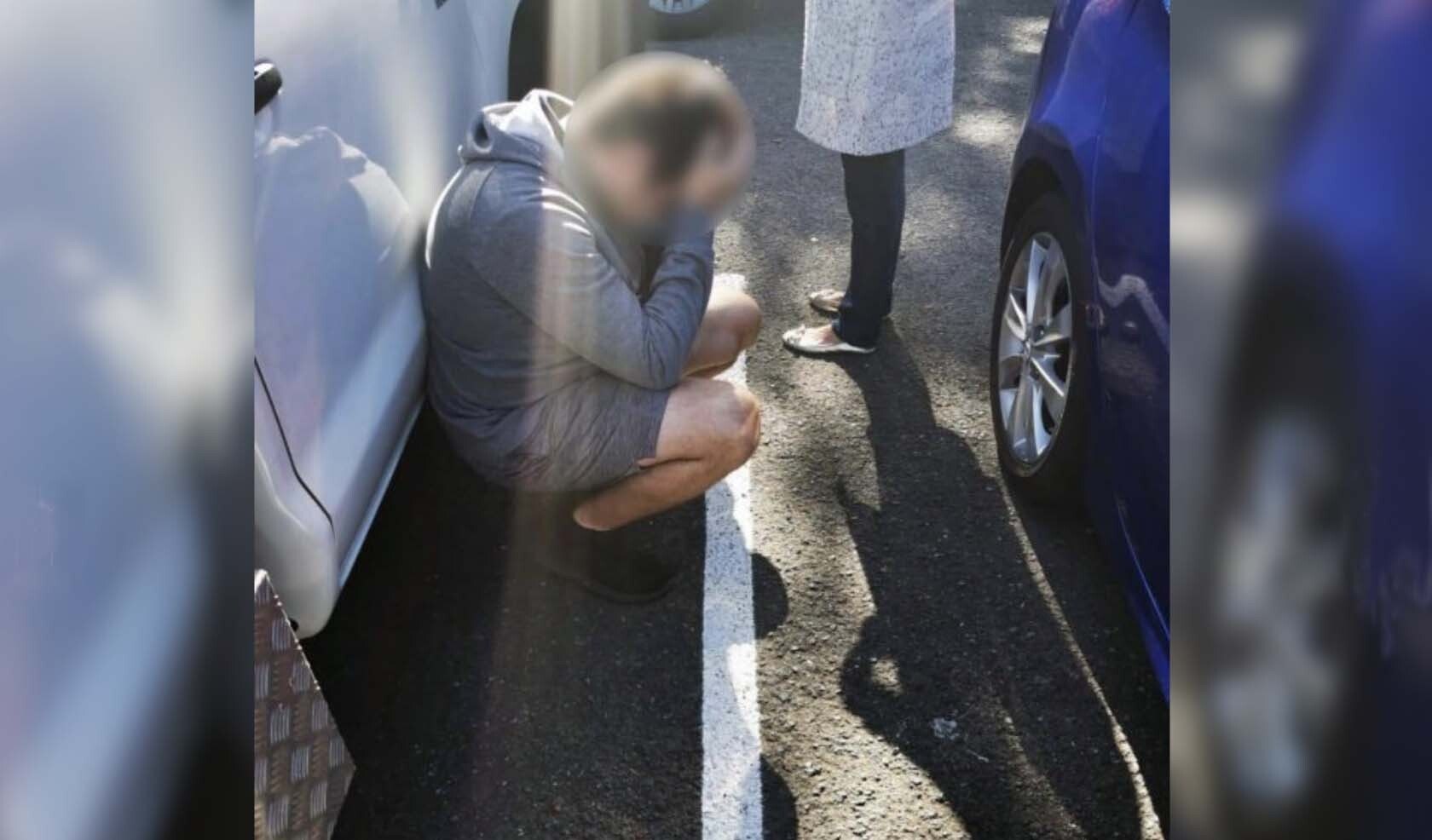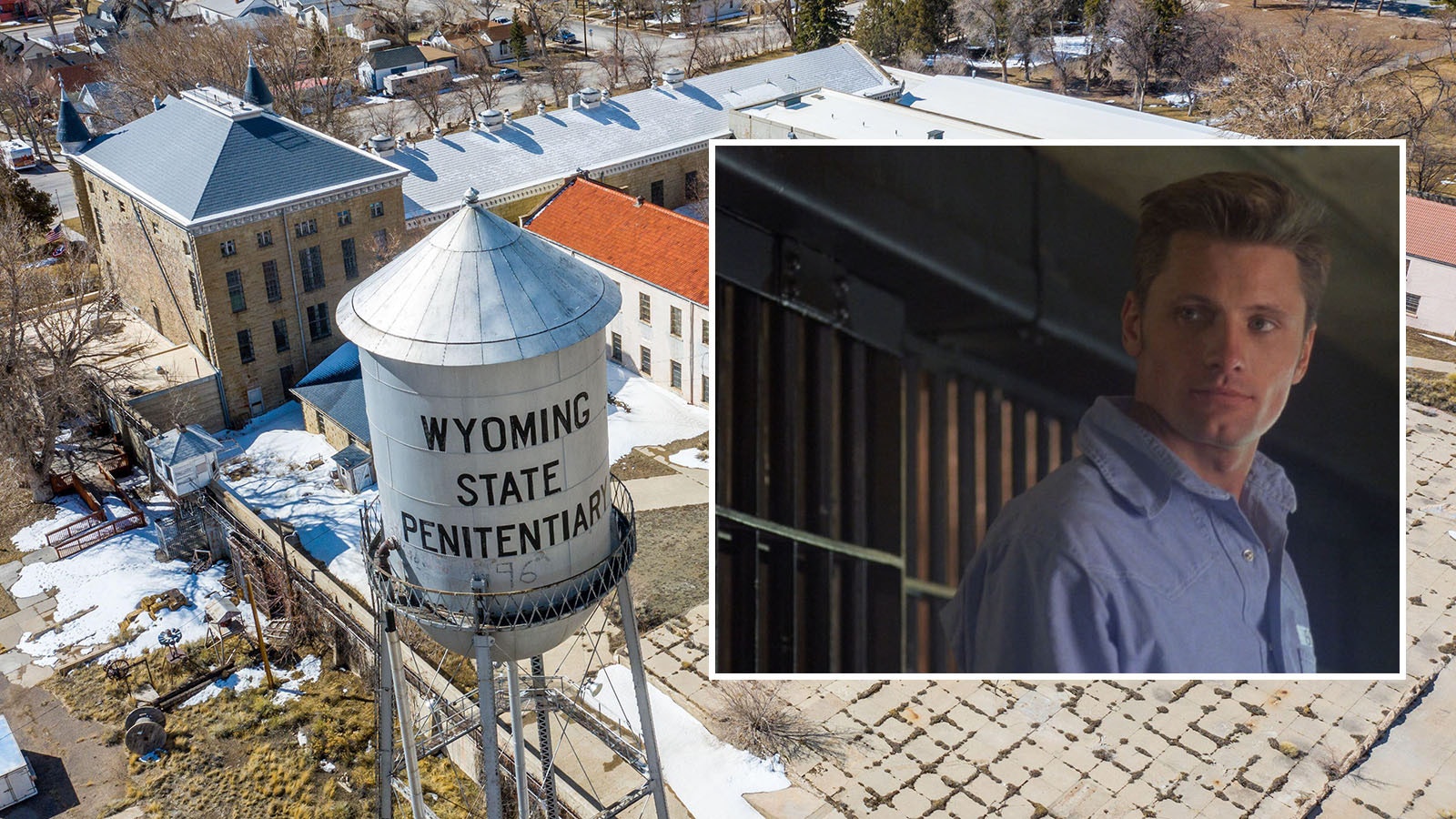Efforts to stamp out human trafficking in Wyoming have come a long way in the last few years, according to the Sheridan woman at the center of Wyoming’s work to keep it from happening.
Terri Markham, co-founder of Uprising Wyoming, a nonprofit organization focused on human trafficking outreach and education, just took the initiative one step further by hosting the state’s first-ever human trafficking conference.
The idea for Markham was to bring together a group of diverse people in the field who typically do not work together for an immersive, three-day hands-on training session, complete with a mock sting operation.
This week’s conference was an outgrowth of a concept Markham first tried last May in a joint training session with the Sweetwater County Sheriff’s Office.
In the session, law enforcement officers victim advocates, mental health counselors and even a human trafficking survivor pooled their efforts to learn more about human trafficking.
The session ended with a hands-on sting operation that led to the arrest of four buyers, including a former Wyoming state senator.
But it was the feedback from participants that Markham found important. The participants all had their own epiphanies about the nature of sex trafficking as well as a newfound appreciation for the multi-disciplinary approach.
The approach prompted Markham to spend months preparing for the first Greater Rockies Immersive Training on Exploitation and Trafficking (GRIT) conference in Sheridan.
Building on the hands-on, immersive approach she tried in Rock Springs, Markham explained that the more than 120 conference participants – and handful of human trafficking survivors – were put together in groups based on their discipline and rotated through six different workshops led by leading professionals from across the country.
The first two days were spent in workshops on topics such as learning how to conduct trauma-informed investigations, how to recognize trafficking and how to prepare for trials, as well as learning from real-life survivors on how victims are groomed and how the recovery process works.
The conference’s third and final day was to be spent conducting a mock sting operation in which — unlike the Sweetwater County training — no arrests will be made.
Already, the feedback has been encouraging, Markham said.
“Next year will be even bigger,” she said, noting that plans for the second conference were already in the works as increasingly more people show an interest in learning more about the problem of human trafficking in Wyoming and beyond.
Stamping Out The Myths
Joe Scaramucci makes it clear to attendees in his class that prostitution is rarely what it seems, contrary to long-standing beliefs that it’s a straight-forward business transaction between two consenting adults.
In most cases, the “prostitutes” are actually being trafficked and exploited against their will, he said.
And yes, it’s happening in Wyoming.
Last May, Scaramucci, a detective with the McLennan County Sheriff’s Office in Waco, Texas, led the sex trafficking training in Sweetwater County. He has been back to Wyoming on numerous occasions to train law enforcement and professionals on the nature of trafficking.
When it comes to this issue, Scaramucci is the guy to call. His record speaks for itself. Since taking on the cause in 2014, he has arrested more than 460 sex buyers and almost 145 individuals on human trafficking and other related offenses and has saved more than 250 victims both on the job and in his “John Suppression” events.
He begins his training sessions with a brief overview of what trafficking is – whether it be sex, labor or domestic servitude – and the notion that in all cases, regardless appearances, victims are being coerced and exploited.
This might include a woman advertising sex on social media, a masseuse in an illicit massage parlor or a hotel or construction worker.
It’s everywhere and quite overt, he said, if you know what you’re looking for.
Typical red flags to watch for are victims who look over their shoulders frequently and are afraid to speak up in the company of their oppressor, living in poor living conditions or with their employer or showing physical or emotional signs of abuse. The list goes on, he said.
Paramount to recognizing trafficking is eliminating myths that traffickers are nefarious men in vans with tinted windows who are abducting victims in parking lots. Snatching a person off the street raises alarms, Scaramucci noted, and is much harder to pull off than drawing victims in by pretending to be their friend.
Occasionally people are snatched, he said, but typically victims are well acquainted with their predators.
Buyer’s Remorse
Gauging how big of a problem human trafficking actually is in Wyoming is challenging because many arrests are mischaracterized as prostitution, a misdemeanor, Markham said.
Complicating the issue is the fact that many cases result in federal prosecution due to victims being carried across state lines. More often than not, according to experts, human trafficking goes unnoticed.
According to the National Human Trafficking Hotline, 395 Wyoming residents have contacted the organization since 2007 via phone calls, texts, online chats or through their website with 90 total trafficking cases reported. In 2020, 47 victims reached out to their organization for help, totaling 11 reported human trafficking cases.
The one driving force that keeps the human trafficking industry thriving in Wyoming and beyond is that there’s never a shortage of demand.
Two of the conference workshop leaders, Angie Henderson and Megan Lundstrom, offered insight into how the economics of trafficking work.
Henderson and Lundstrom founded the Avery Center for Research and Services in Greeley, Colorado, which a research center which also provides services for survivors and extensive training to battle trafficking.
Henderson, a sociologist and professor at the University of Northern Colorado, has studied the driving forces behind trafficking. Lundstrom has a master’s in sociology and real-life experience as a sex trafficking survivor.
The pair frequently work with law enforcement in real-life sting operations – including the bust in Sweetwater County – to provide insight to law enforcement while educating “Johns” who are arrested.
One common theme for buyers is they don’t realize that the majority of the “prostitutes” they engage are actually trafficking victims. When told, typically they show remorse.
Another insight the two offered is what drives the men to reach out to pay for sex.
In Henderson’s experience, 95% of the buyers claim to be driven by loneliness – including the four men who were arrested last year in the Rock Springs operation.
Another common denominator in a buyer is that the majority of men are White, based on the research from a law enforcement study in the Pacific Northwest, and have a disposable income.
Backgrounds and occupations vary, she added, from tech professionals, accountants and lawyers to blue-collar workers.
Another motivating factor is the relatively low risk buyers face if busted. In Wyoming, soliciting prostitution is a misdemeanor punishable by imprisonment for not more than six months, a fine of not more than $750.00, or both.
Meanwhile, proving that human trafficking has occurred is difficult because it means the victim turning against their trafficker. As a result, many arrests are chalked up to prostitution rather than trafficking.
Out of the 100 or so victims that Henderson has interviewed during these sting operations, only one or two have pressed charges against their traffickers, which in one case was the girl’s father.
“Most of them simply aren’t ready,” she said. “It often takes a while for them to get to that point.”
Lured Into Trade
Lundstrom, meanwhile, offered insight into why it’s so difficult to leave a trafficking situation and how a person gets lured into the life in the first place.
Like the majority of survivors, Lundstrom was drawn in by her pimp who pretended to be her boyfriend. In the parlance of sex trafficking, these guys are known as “Romeo” pimps. Other types are the “CEO” pimps, who view the relationship in monetary terms as a business, as well as the “Gorilla” (or “Guerrilla”) pimps who keep their victims in line through coercion, drugs and violence.
In Lundstrom’s case, the grooming process was deliberate and insidious. She was 23 when she met him at a gas station and the during the ensuing courtship, he made her feel like the most important person ever. Prior to that, she had been divorced and was struggling to stay afloat as a single mom who was working full time while going to college.
Within months, he’d convinced her to advertise sex online. From there, it was a fast downward spiral in which she quit her job, dropped out of school and was meeting men for sex several times a day while handing her pimp all her money. Eventually, he found another girl and sold Lundstrom to a “CEO” pimp in Las Vegas who sent her on a circuit that included Wyoming.
Circuits, Lundstrom explained, involve placing ads in various cities to gauge demand. If there are enough willing customers, traffickers will send their victims on multi-city tours through several states.
To cope with what was happening to her, Lundstrom went on autopilot to survive until escaping five years later by paying off her CEO pimp and beginning the long, slow process of healing and rebuilding her life.
For someone who hasn’t experienced this, it’s hard to explain what it takes to come back from it as well as why someone who isn’t being held against their will might stay she said.
“Coercion is a powerful and insidious process,” she said.
In many cases like hers, there were triggers leading up to it that made her vulnerable for exploitation.
Alarming Trends
The advent of the internet has changed the dynamics of sex trafficking, Henderson said, as increasingly more exploitation is conducted online, from platforms advertising for sex to hobbyist boards where buyers review and share notes about their sexual interactions.
Increasingly, a lot of these transactions have moved online to sites like OnlyFans, where fans pay to watch content creators perform sex acts and where there are few regulatory guidelines to prevent the posting of sexually explicit content.
In some cases, Henderson said, people were paying to watch traffickers rape their victims under the guise of mutually consensual sexual interactions.
After announcing in 2021 that it would crack down on pornography and ban sex workers from profiting by posting sexually explicit content, OnlyFans reversed course shortly thereafter, according to Henderson, when content creators threatened to take their business to other platforms, ultimately declaring sex work empowering.
Law enforcement officers attending Henderson’s workshop attested to the volume of similar sites online and also to resource limits that make it impossible for officers keep up with the sheer volume of activity and increasing numbers of new sites that openly promote trafficking.
What’s troubling to Henderson is what she’s seeing behind-the-scenes when she works with law enforcement on sting operations.
In a recent bust in Denver, officers picked up two young men in their early 20s who confessed they had reached out online to purchase sex because sites like OnlyFans were no longer satisfying.
“They took it to the next level,” Henderson said, “which I found alarming.”
For more information on trainings or human trafficking, see Uprising Wyoming or the Avery Center.





